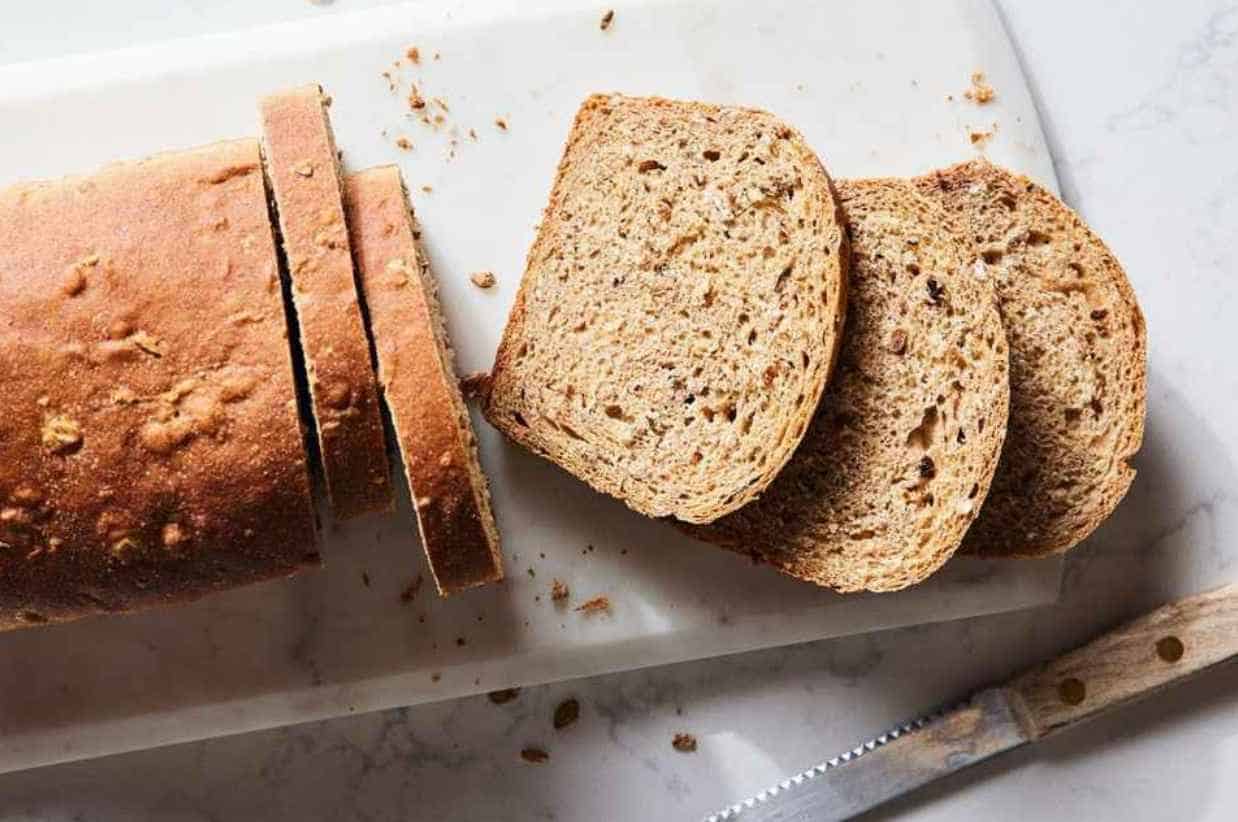During your last grocery, maybe you’ve hoarded several amounts of bread, or possibly, you’ve homemade some.
But either way, you’re unsure about bread’s typical shelf life. You need not worry because, in this article, we will answer almost all of your bread-related questions, especially “How long does bread last?”.
Does bread expire?
Bread is one of the most popular staple foods worldwide, and it’s not a surprise because it is very convenient to make. It only requires basic ingredients like flour, water, salt, and yeast. However, its easily perishable components make bread more susceptible to ‘expiring’ fast.
Typically, when you buy bread in a store, you will see the label ‘Best by,’ ‘Best Before,’ ‘Consume Before,’ and other varying terms. It is very rare to encounter bread with an ‘Expiration Date’ as bread doesn’t actually expire.
In fact, beyond the ‘Best Before’ date, you can still eat the bread without being rushed to the hospital. The only difference it will make is the quality of the bread itself.
How Long Does Bread Last?
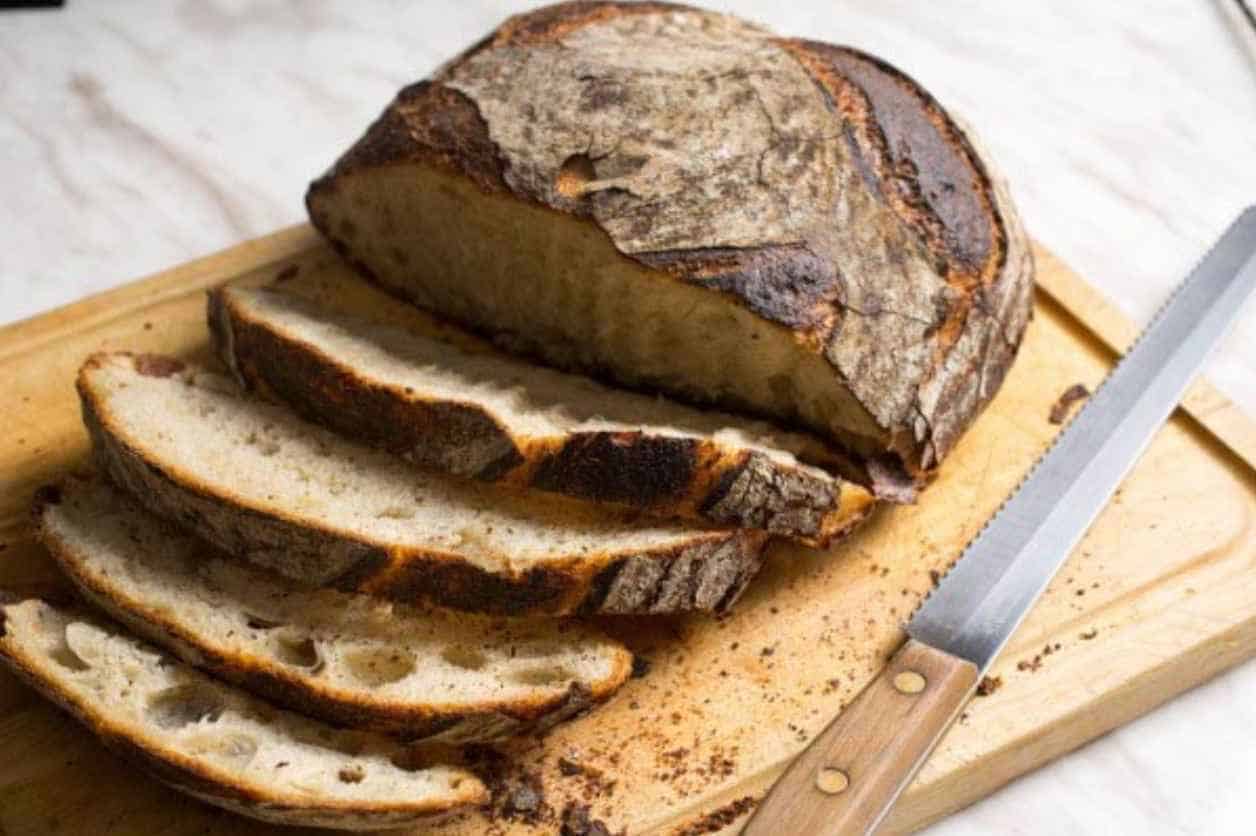
Unlike other pre-packed foods available in the market, bread typically lasts for a shorter period. It is for various reasons, but on average, a regular store-bought loaf of bread can last anywhere between 3 days to 7 days maximum.
On the other hand, homemade bread lasts for a much shorter period, between 2 to 5 days. However, several varieties last longer than the average shelf life, such as white bread and wheat bread which can last from 1 week to 3 weeks.
Other bread can even last for a month, like sourdough, which can sit in your pantry for 3 to 4 weeks, and rye bread with 4 to 5 weeks shelf life.
How to tell if bread is bad?
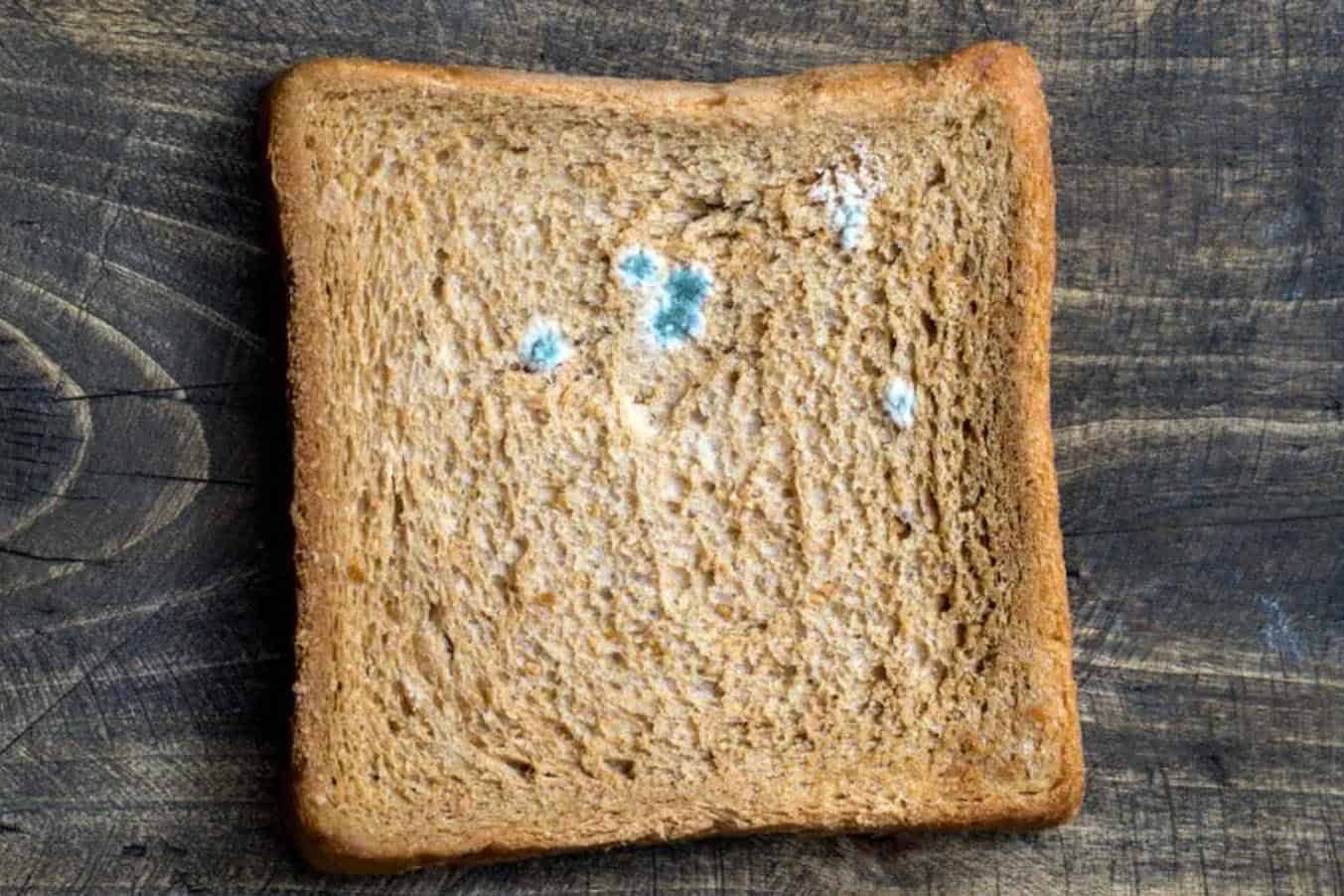
To classify whether your bread is still good or it should better land in the trash bin, you’ll have to work on your four senses. You’ll have to examine it through your eyes, feel it with your hands, stick your nose into it and smell it.
If those three steps do not work, you may want to take a small bite and taste it. It may sound gross, but it will be worth it for sure.
To further help you analyze, what bad bread looks like, you might want to refer to the following:
1. Moldy and hard texture
Put off your whole loaf if you see evident signs of gray, green, or white cloud-looking molds. If it is inside a packet, you should open it as molds sometimes hide from the inside.
Bad bread is also rough, and its fibers are very brittle, unlike freshly cooked which is fluffy and soft.
2. Unpleasant smell and taste
Disregard eating your bread if you smell something nasty, but before sniffing it, make sure that you don’t see clear signs of mold, as it can be dangerous for your health. Stale bread is also considered bad, but you can still eat it with a major difference in quality.
Elements that influence bread’s shelf life
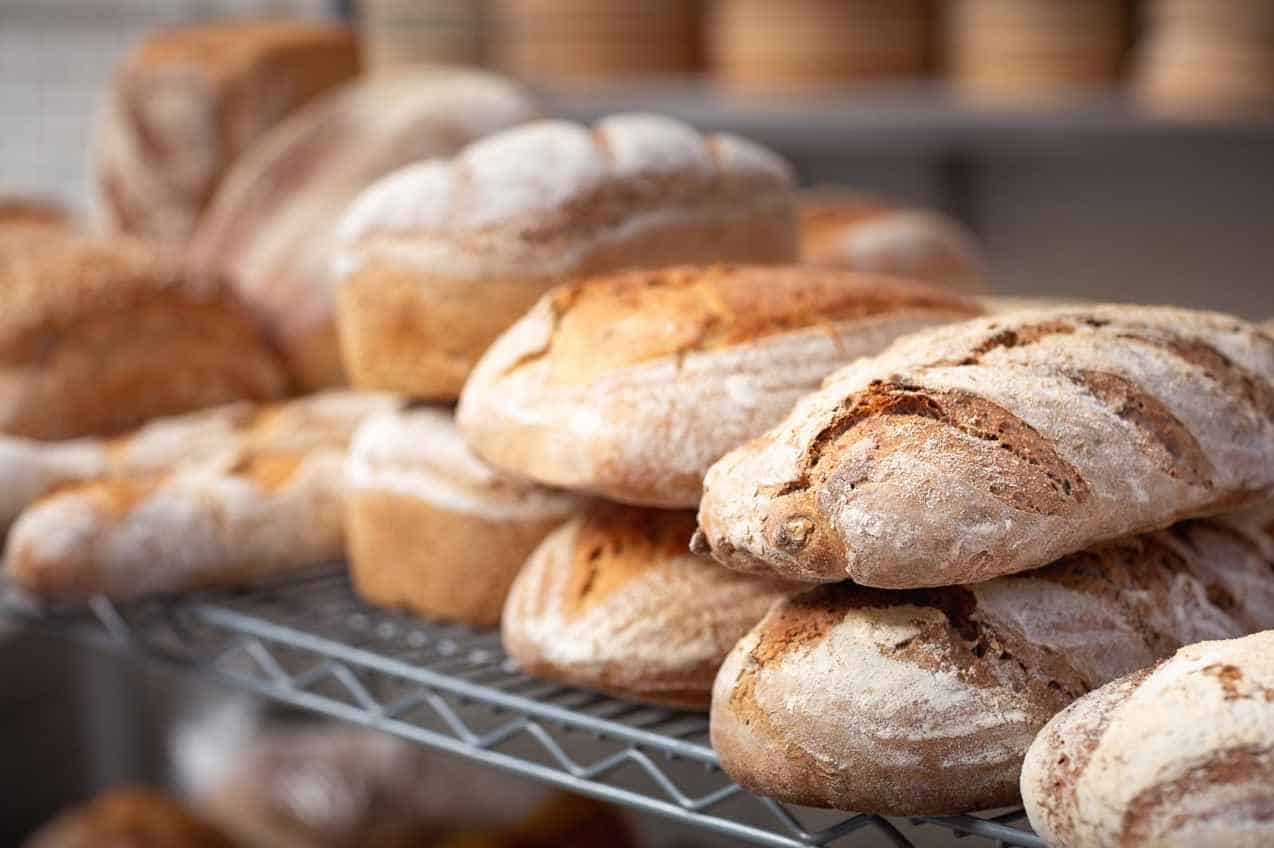
The next time you buy a loaf of bread, you might want to remember that a bread’s life can be affected by numerous reasons.
So, whether you need the bread the following day, next week, or next month, you should specifically look for the right bread and store them properly so you can rest assured that you can eat it on the day that you need it.
To help you figure out what factors you need to consider for a longer-lasting bread without any qualities being compromised, you might want to read the shortlist below:
1. Ingredients
Obviously, bread with preservatives will last much longer than a loaf of bread with only fresh ingredients. Food additives like calcium propionate inhibit molds, bacteria, and fungi from growing on baked goods like bread.
2. Type of bread
As stated above, the shelf life of bread depends on its type, and it is due to differences in main ingredients and cooking methods. Sourdough, for example, is fermented using wild yeast. And for rye bread, this uses rye flour which lasts longer than normal flour as it does not dry out quickly.
3. Storage method
Bread typically hates moisture. A humid environment may be the worst option to store your bread as it deeply attracts molds and other microorganisms. You can opt to keep it away from humid areas and ensure that its packaging does not have any holes, as leaving the bread in the open can make it stale.
4. Temperature
You may not notice, but the degree of celsius matters in keeping your loaf of bread edible for the next few days. It does not work how you should monitor the temperature with a thermometer, but storing it at room temperature or in a fridge will make your bread survive longer.
Can I store bread in the fridge or freezer?
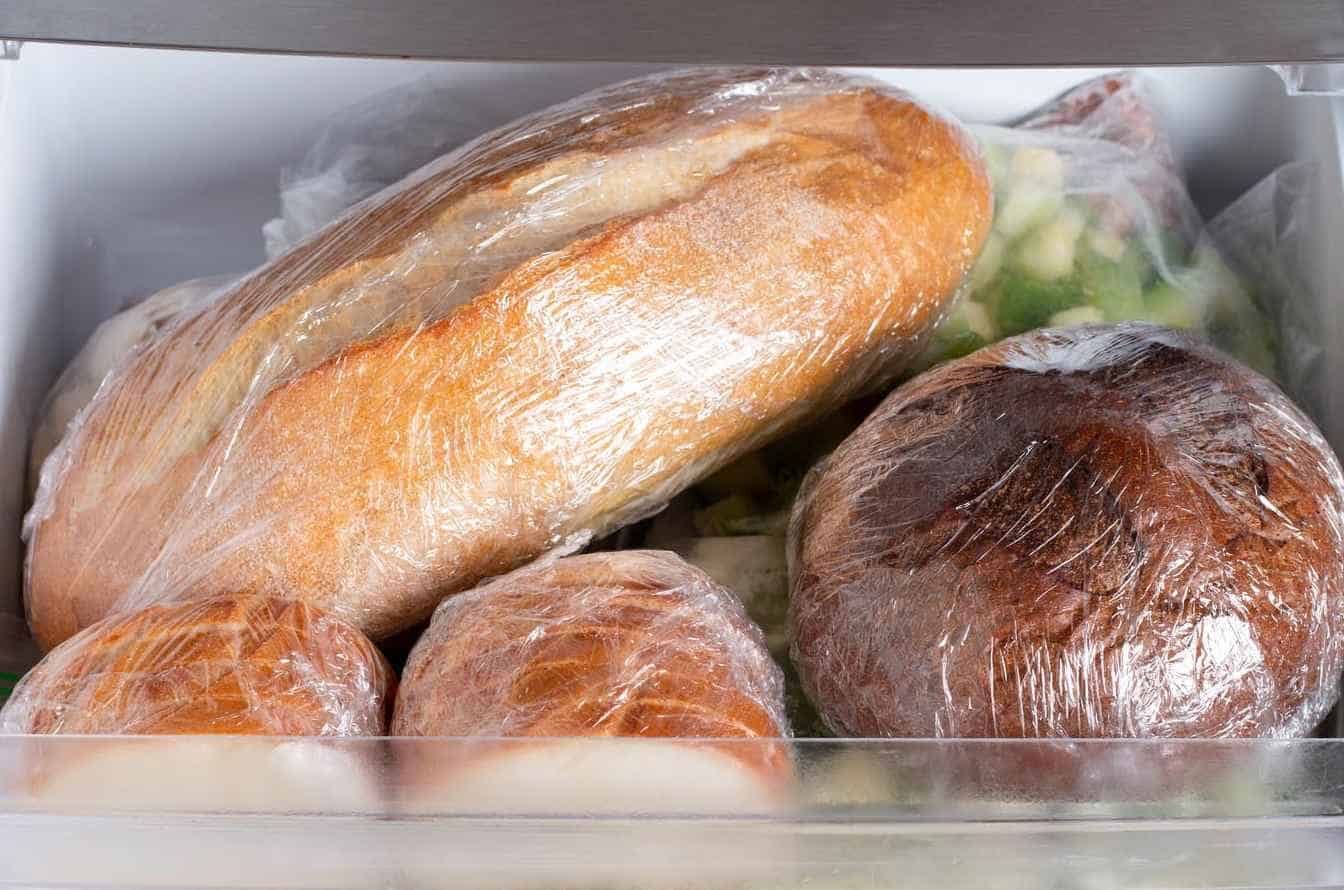
As we all know, you can’t eat a loaf of bread in all one sitting, as it is usually sold in large amounts. So, to further extend its life, you can opt to freeze your bread.
The good news is that frozen bread can stay inside your fridges for up to six months but not long enough as it can cause freezer burn. Outside the freezer, it can still last up to 2 to 4 days.
However, freezing bread only works when done properly. If not, it can lead to spoilage and a stinky freezer-smelling fiasco. It also does not work on extremely crusty bread, such as French baguettes. These types of bread are better consumed immediately, and freezing them will tear apart the whole bread.
How to freeze bread?
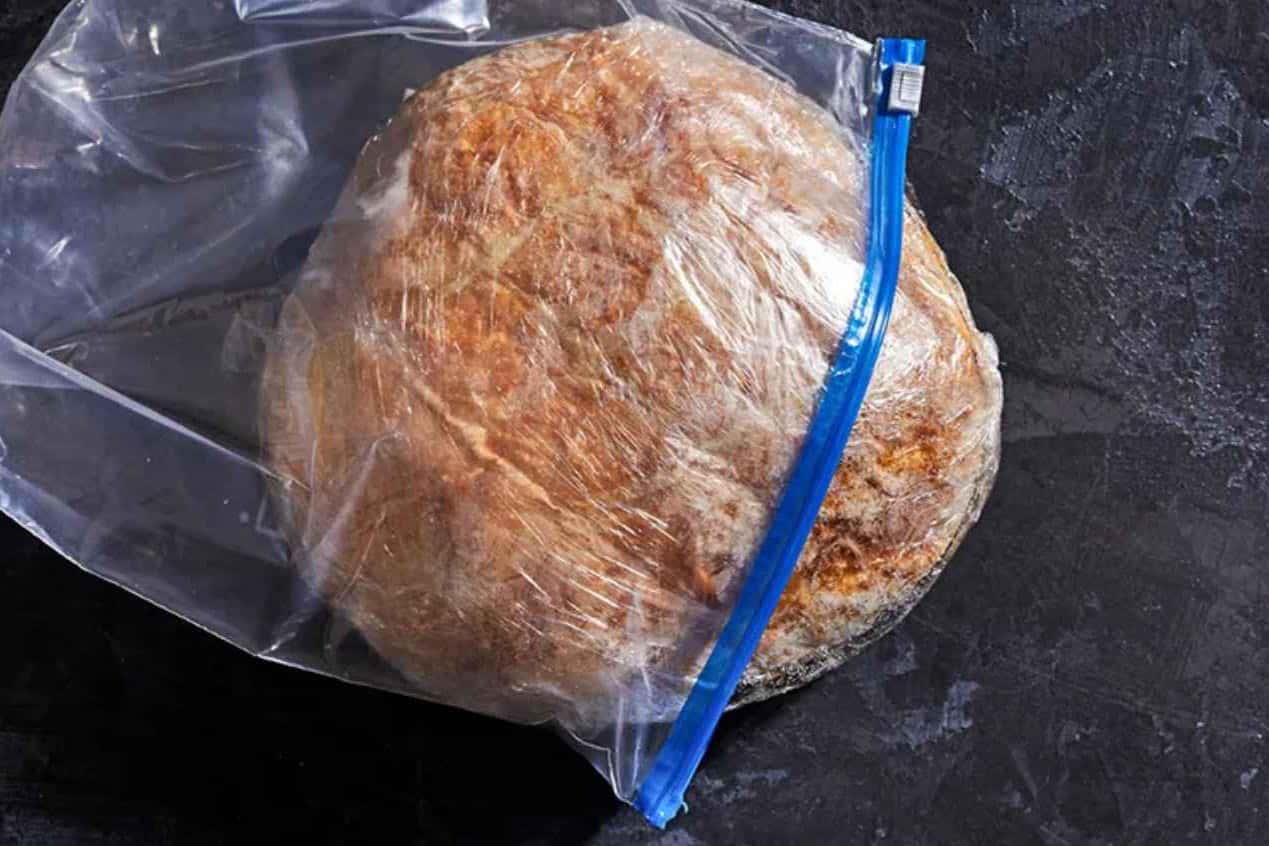
The first thing that you may want to consider before throwing off your bag of bread loaf in the fridge is that it has cooled down to avoid icicles from forming inside it. For further emphasis, it must not be hot or warm; they must go to the freezer and not just to the refrigerator.
Here are three ways to do it:
- Freeze it whole.
- Slice it in half.
- Cut the bread into four parts.
Depending on the extra space in your fridge, put the loaf inside as a whole or chopped into parts. You can use plastic in wrapping or aluminum foil, but either way, ensure it is covered entirely.
How to prevent wasting bread?
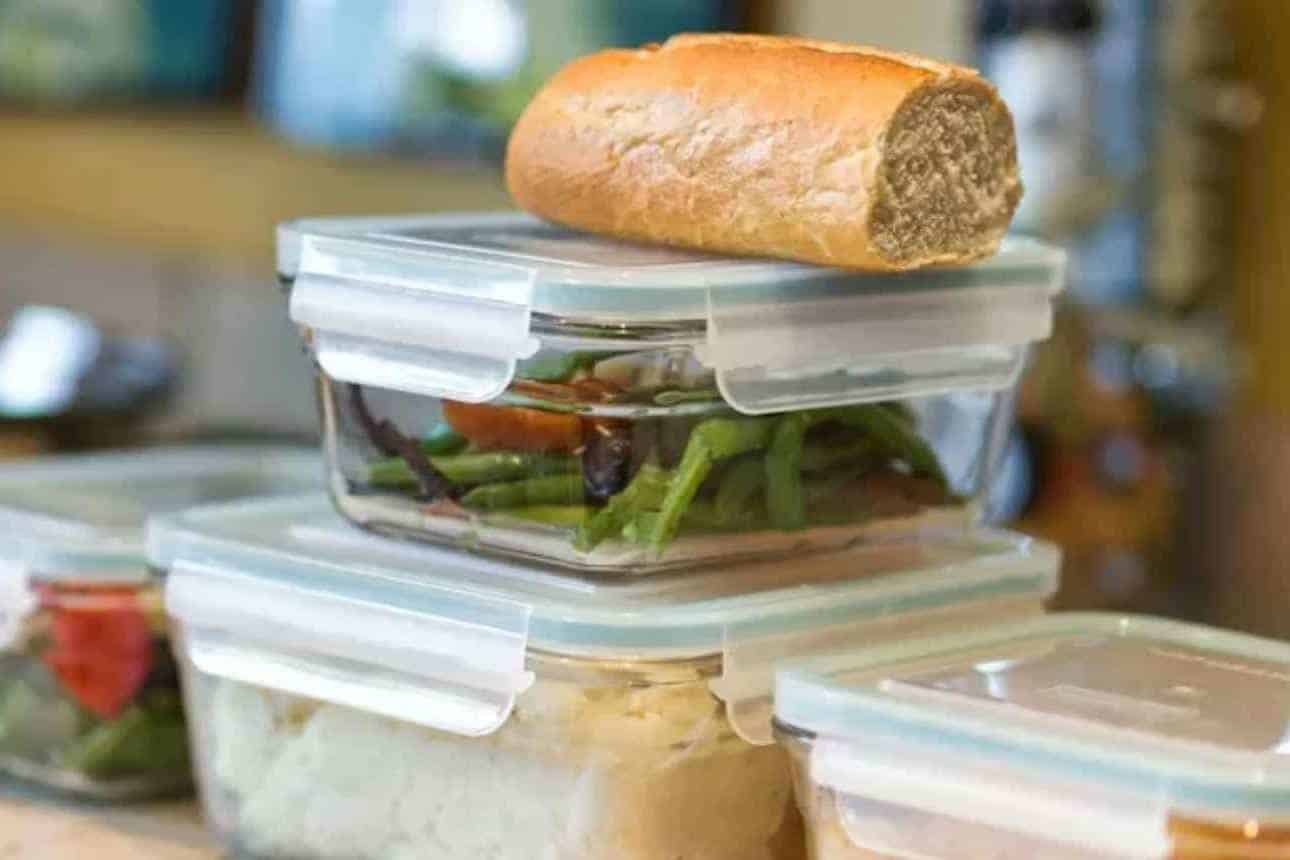
If you’ve never heard the phrase, “Don’t waste food as there are millions of hungry people out there,” welcome to the club! You’re now officially conscious of the rising number of food waste worldwide. You now want to not be a bad guy and save food for the sake of the millions of hungry people.
But if you just really do not want any food to be a waste, here are ways to save your stale bread or prevent them from turning into one. Just make sure that they are not moldy!
1. Use your bread to make something good
Make use of your leftover bread and turn them into delectable meals by searching the internet. You’ll surely stumble upon the best recipes like differently-flavored french toast, bread pudding, salad croutons, and strata.
Who’ll knows that old bread can transform into appetizing foods? If the amount isn’t enough to make a meal, you can still turn them into bread crumbs or some old-style dressing.
2. Keep your bread sealed
Exposing your bread to some air can make it dry, stale, and harder in texture, so you better ensure that they are entirely sealed. You also wouldn’t want to share your food with some ants and other insects and taste them throughout your breakfast.
3. Keep moisture from entering your bread
Protect your bread from moisture at all costs, as molds love it very much in your bread. They will be more than happy to chug your bread’s nutrients, and in any case, if you consume it, you might cause harm to your health.
4. Avoid sealing hot bread
Sealing your bread hot can trap moisture in your bread, as hot bread evaporates steam that can cause the build-up of humidity inside your bread’s packaging. As always, molds love heat and moisture.
5. Only buy the amount of bread you can eat in a day or week
As they say, prevention is better than cure. So, ensure that you’ll never make any bits of bread come to waste; ensure that next time you get a loaf on the grocery shelf, you’ll only grab what you can consume in the next few days.
Conclusion
So, how long does bread last? Depending on the type and storage method, bread can last at least five days up to 6 months. However, the main key to making bread last is properly storing it.
